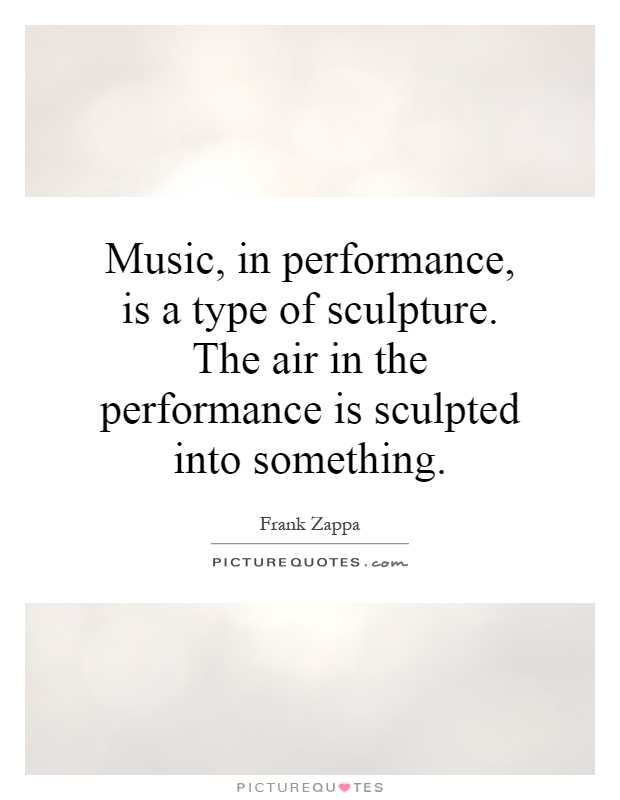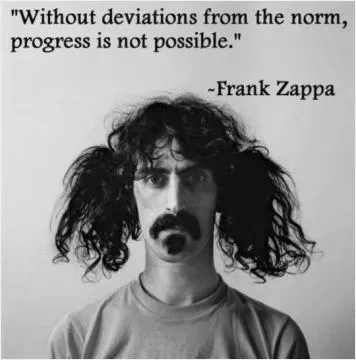Music, in performance, is a type of sculpture. The air in the performance is sculpted into something

Music, in performance, is a type of sculpture. The air in the performance is sculpted into something
Frank Zappa, the legendary musician and composer, was known for his innovative and boundary-pushing approach to music. He once famously said, “Music, in performance, is a type of sculpture. The air in the performance is sculpted into something.” This statement perfectly encapsulates Zappa’s unique perspective on music as a form of art that can be shaped and molded in a similar way to physical sculptures.Zappa’s music was incredibly complex and intricate, often blending elements of rock, jazz, classical, and avant-garde music. His compositions were meticulously crafted, with intricate melodies, harmonies, and rhythms that pushed the boundaries of traditional music. In his performances, Zappa and his band would meticulously sculpt the air around them, creating a sonic landscape that was both intricate and dynamic.
One of the key aspects of Zappa’s music was his use of improvisation. While his compositions were meticulously written, Zappa also encouraged his band members to improvise and explore new musical ideas during live performances. This improvisational approach allowed Zappa and his band to sculpt the air in real-time, creating unique and ever-changing musical experiences for their audiences.












 Friendship Quotes
Friendship Quotes Love Quotes
Love Quotes Life Quotes
Life Quotes Funny Quotes
Funny Quotes Motivational Quotes
Motivational Quotes Inspirational Quotes
Inspirational Quotes